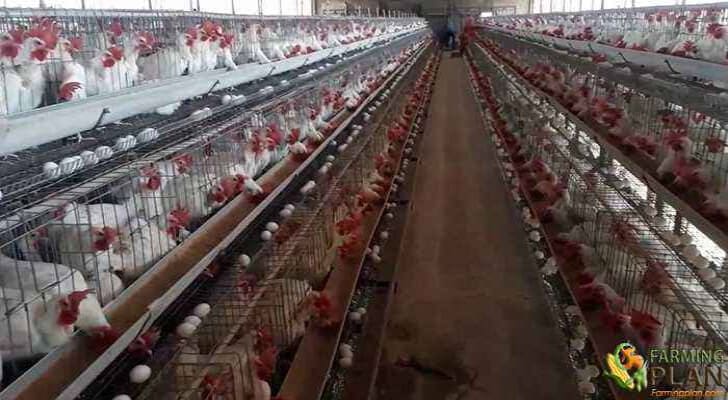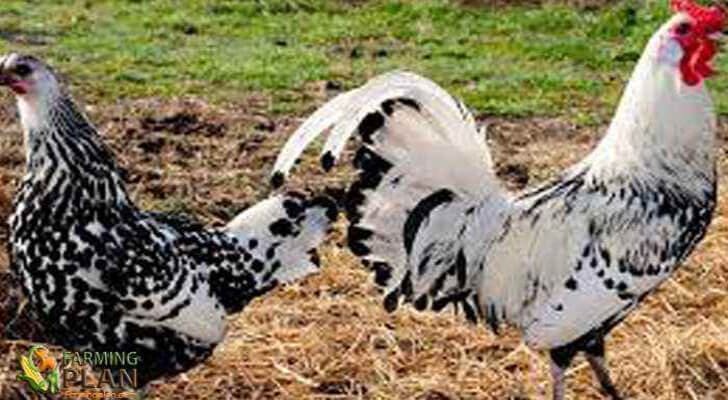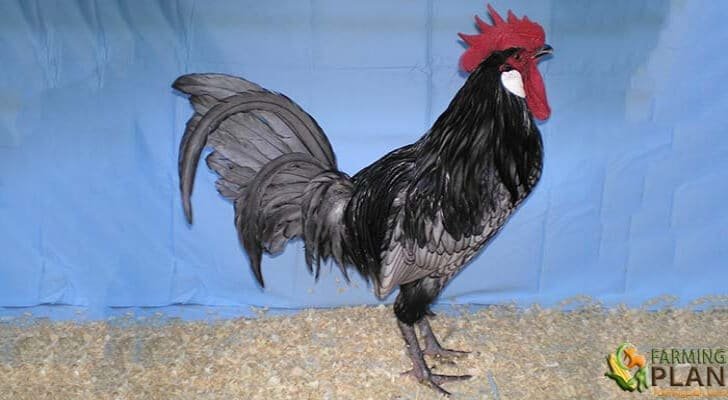In this article, we will know about layer poultry farming. Laying hens perform this function between 12 and 14 months of their life. That chickens are happy and do not suffer stress is a key factor in egg-laying. To avoid stress in the hens it is advisable to follow a series of routines in their care, such as feeding them at the same time every day. To develop their life with complete normality, these animals will need to follow a series of basic guidelines to lay their eggs and even increase the number of their production.
Layer hens need daily routines and guidelines to ensure the quality of their eggs. The care of Layer poultry farming is one of the most common practices for egg production, but it requires a lot more than just food in order to produce high-quality eggs that are not only abundant but also stress-free. To avoid these stresses from causing health problems or even death, they require basic guidelines such as following feeding time every day so they don’t suffer from any kind of dietary disorders arising out with sudden changes in routine like if someone forgot them during breakfast!

Layer Poultry Farming House
That each of the chickens has a suitable place to develop their activity is a key factor that could affect the production of eggs. The size that we will provide to each chicken coop has to be enough for each animal to move freely, exercise and can lay eggs. The henhouse should be a place that shade and protect chickens from the cold.
It must also be surrounded by a fence, in order to prevent the chickens from escaping or from being attacked by an animal. The security that the hens feel will make them lay eggs or not. You may also like to read Houdan Chicken.
Nest or Laying Boxes
It will be a closed place, with an opening where the chicken can enter. This space must be large enough so that each animal can enter inside and turn on itself. In addition, the floor of the box must be covered with some material, such as straw, which serves to create a comfortable and soft bed.
It is very important to maintain the cleanliness of the nest. So that the material of the bed will be changed every time it is dirty. It is also convenient to put a fake wooden or plastic egg in the nest. This simple gesture will indicate to the hens the place where they have to lay their eggs since they will also feel safe to do it there.
Remove Peak
Remove the peak, or also known as the cutting off the beaks of chickens, occurs mainly for three important reasons:
- Avoid cannibalism or feather pecking in birds.
- Prevent birds from wasting food and maximizing consumption.
- Prevent chickens from breaking the egg at the time of laying.
- The removal of the peak is usually done in birds for commercial exploitation of eggs.
Two removes of the peak being made in the bird before the first position:
- The first from 8 to 12 days. During that time there is a natural influx of vitamin K in the bird that prevents bleeding.
- The second 10 to 12 weeks when they are already adults. They have to have an application of vitamin K 48 hrs before to avoid bleeding.
It is important to emphasize that it is not good to shed birds when they are close to their sexual maturity because this causes a delay in posture. Birds should not be flushed in the post-vaccination period. Also should have enough feeding in the feeders after the remove the peak for a week. After the release remove of the peak, the chicken has to drink water with vitamin K and vitamin to relieve bird stress.
The removal of the peak is performed as a cut in the middle of the peak, between the tip and the nostrils. It must be done in an optimal way to prevent the bird from suffering and having a total closure of its position. The appropriate time for cauterization should be between 3 to 4 seconds. If it exceeds that time the bird can suffer brain damage and become unusable.
Light
These animals have a gland that is sensitive to light that affects egg-laying. For this reason, it will be necessary that these animals receive at least 12 hours of light a day, either naturally or artificially. A reduction in the time they are exposed to light will also reduce the number of eggs they put. You may also like to read Dominique Chicken.
Water
This element can never be missing in their habitat. Hens should always have clean and fresh water since they are animals that drink a lot. You may also like to read Pekin Chicken.
Feeding
It is convenient to give these animals a specific type of feed for laying hens. Breeders can find it in almost all stores that sell animal feed. This type of feed is composed of grains of cereals, such as corn or wheat. In addition to the feed, the hens will have to complete their diet with another series of foods.
These foods will consist of fresh vegetables, insects, and worms. The contribution of calcium to the diet is another key factor. The feeding of chickens directly affects the production of eggs. One way to provide it is by putting crushed oyster shells. These are the main care that breeders have to follow to have laying hens. Finally, always remember to remove the eggs laid daily, because if they could not break or spoil.
FAQ
What is layer poultry farming?
Layer poultry farming is a method of raising domestic chickens for the production of eggs and meat. This type of farming concentrates on the breeding of laying hens, which are specially selected strains whose primary purpose is to produce large quantities of eggs with a high degree of eggshell quality. The process involves keeping both male and female chicks in large flocks in an enclosed area throughout their lifespan (typically 18-20 weeks).
Is layer poultry farming profitable?
Yes, layer poultry farming can be profitable and has the potential to be highly rewarding. Layer poultry farming offers several advantages that make it an attractive option for many people looking to start a business.
How many months do layers lay eggs?
Layers, which are chickens bred primarily for egg-laying, can be extremely productive birds laying up to 300 eggs or more in a year. Generally speaking, they will lay an egg roughly every 25 hours throughout the entire year and begin laying around 18 weeks of age. During the peak season (spring and summer) they can lay up to 5 eggs a week!
Conclusion
If you are a farm owner, the best way to ensure your hens produce high-quality eggs is by giving them good care. But what does this entail? It’s not just about feeding and watering; it requires many other factors such as providing adequate space for them to move around so they don’t get sick from being confined! To learn more about how to provide proper layer chicken farming care, read our blog post. We hope that after reading it, you will be able to follow these guidelines and avoid any kind of future health problems with your chickens or even death if done wrong!
As a reference: Wikipedia


